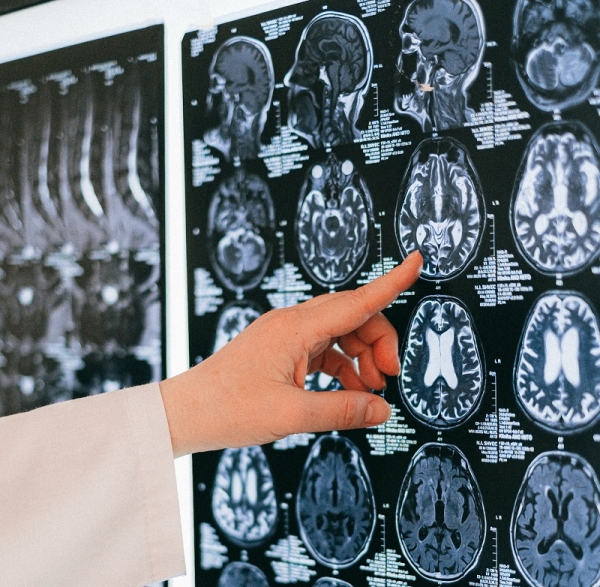A new tool developed by the University of Cordoba, in collaboration with the Nuclear Medicine Unit at the Hospital Reina Sofía, could allow healthcare personnel to diagnose different degrees of Parkinson's, a disease that, according to World Health Organization (WHO) data, affects 7 million people worldwide.
To date, according to AYRNA group researcher Javier Barbero, "most diagnoses only determine whether or not the patient suffers from this disease." The research team has developed a system that makes it possible to specify the phase it is in, distinguishing between four different ones, based on severity.
Specifically, this new methodology combines Artificial Intelligence and the use of three-dimensional images of the area of the brain in which the neuronal degeneration is occurring. To do this, the research team has analysed, voxel by voxel (the equivalent of a 3D pixel), more than 500 photographs of the brains of people with symptoms compatible with the disease. The result is a mathematical algorithm that, after having processed all this information, is capable of estimating, once the image of the patient's brain has been scanned, the severity of the disease, based on neuron damage.
"The new tool produces this estimate automatically, providing an initial diagnosis that, of course, then has to be confirmed by the medical staff, with the images in front of them," explained Pedro Antonio Gutiérrez, another of the study's authors, together with César Hervás, Antonio Durán and Julio Camacho.
The researcher explained that the algorithm is capable of determining "which scanned areas of the brain are the most important and, therefore, those on which specialized personnel should focus their attention to confirm the diagnosis". But, why are some areas more important than others?
The answer: dopamine
Parkinson's Disease triggers a loss of density in the proteins responsible for transporting dopamine, aneurotransmitter essential to the control of movement. These 3D images are capable of detecting the density of these proteins and ascertaining the places in the brain where they are found, which offers clues to the severity of the disease.
Thus, the project "does not seek to substitute the assessments of specialized personnel, but rather to offer support for medical decision-making", said César Hervás, the AYRNA group's principal investigator. In any case, determining more precisely the phase this condition is in could help to adjust the amount of medication necessary, thus leading to better treatments for a chronic disease for which there is still no cure, though its prognosis has notably improved thanks to advances in neurology and the development of new drugs.
The process has also been validated through two different methodologies, both published in scientific journals. The first of them uses classic ordinal classification techniques, while the second is based on "Convolutional Neural Networks" (CNN), a type of Artificial Intelligence model that is very effective with vision-related tasks such as image classification.
References
A.M. Durán-Rosal, J. Camacho-Cañamón, P.A. Gutiérrez, M.V. Guiote-Moreno, E. Rodríguez-Cáceres, J.A. Vallejo-Casas and C. Hervás-Martínez. "Ordinal classification of the affectation level of 3D-images in Parkinson diseases", Scientific Reports, Vol. 11, March 2021, pp. 7067. JCR(2019): 3998 Position: 17/71 (Q1) Category: MULTIDISCIPLINARY SCIENCES
Javier Barbero-Gómez, Pedro Antonio Gutiérrez Víctor, Manuel Vargas, Juan Antonio Vallejo-Casas, César Hervás-Martínez. An ordinal CNN approach for the assessment of neurological damage in Parkinson’s disease patients. Expert Systems with Applications. https://doi.org/10.1016/j.eswa.2021.115271. JCR(2019): 5.452, Position: 2/83 (Q1) Category: OPERATION RESEARCH & MANAGEMENT SCIENCE


